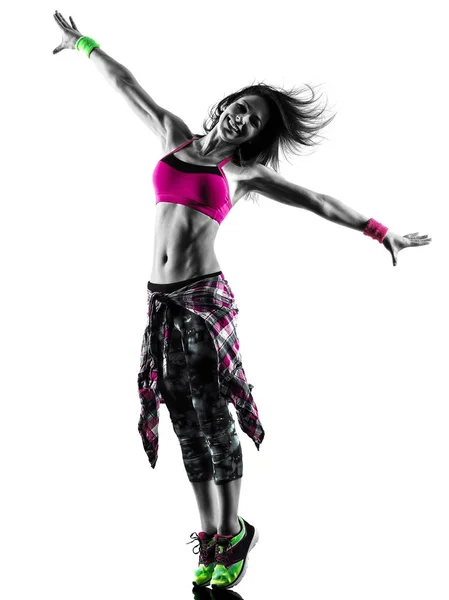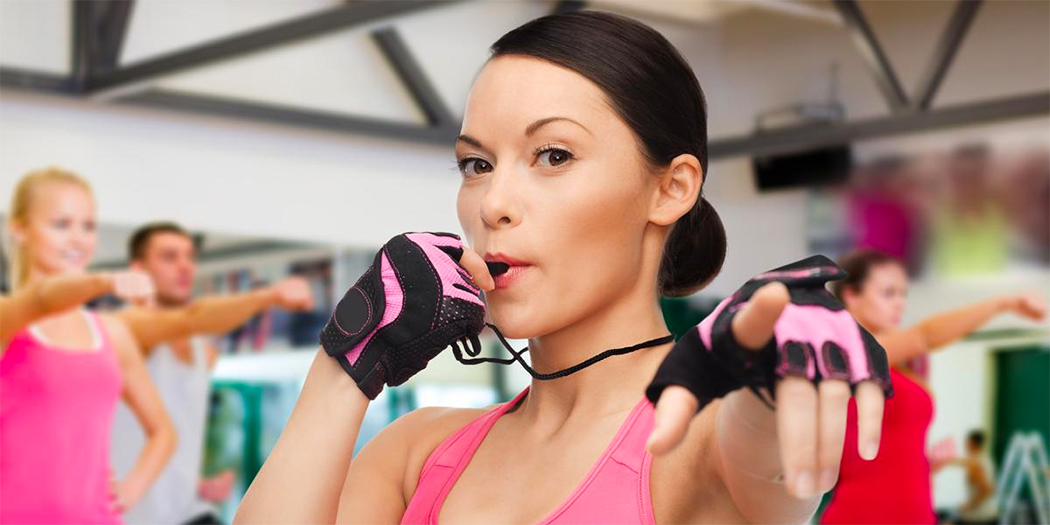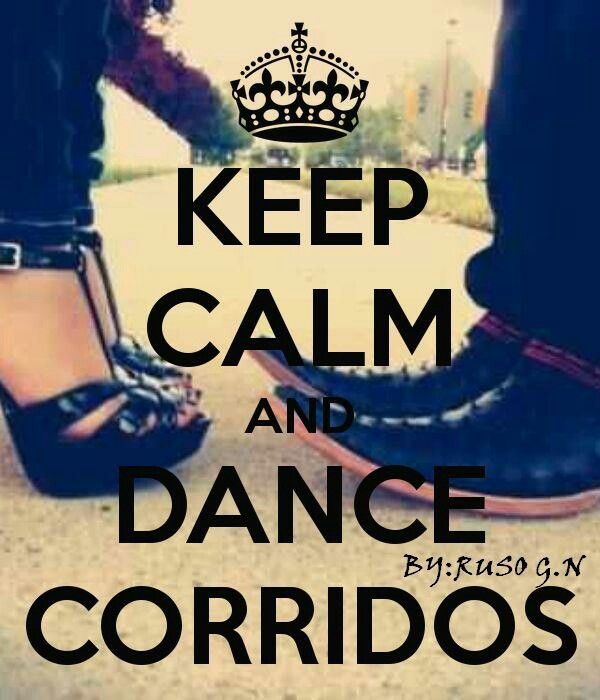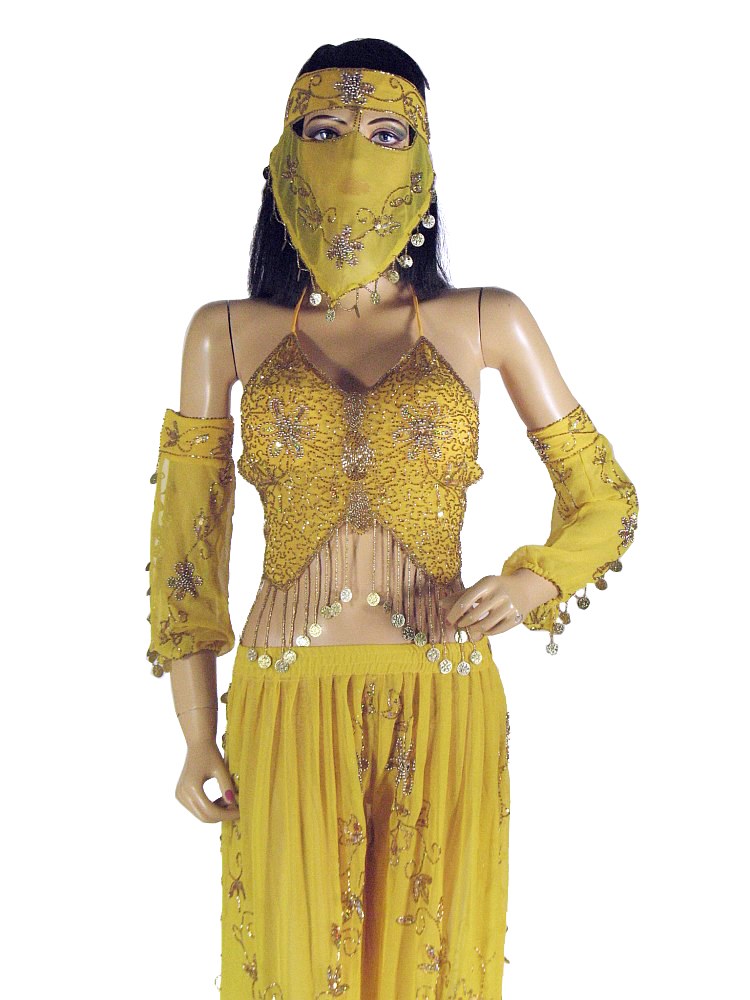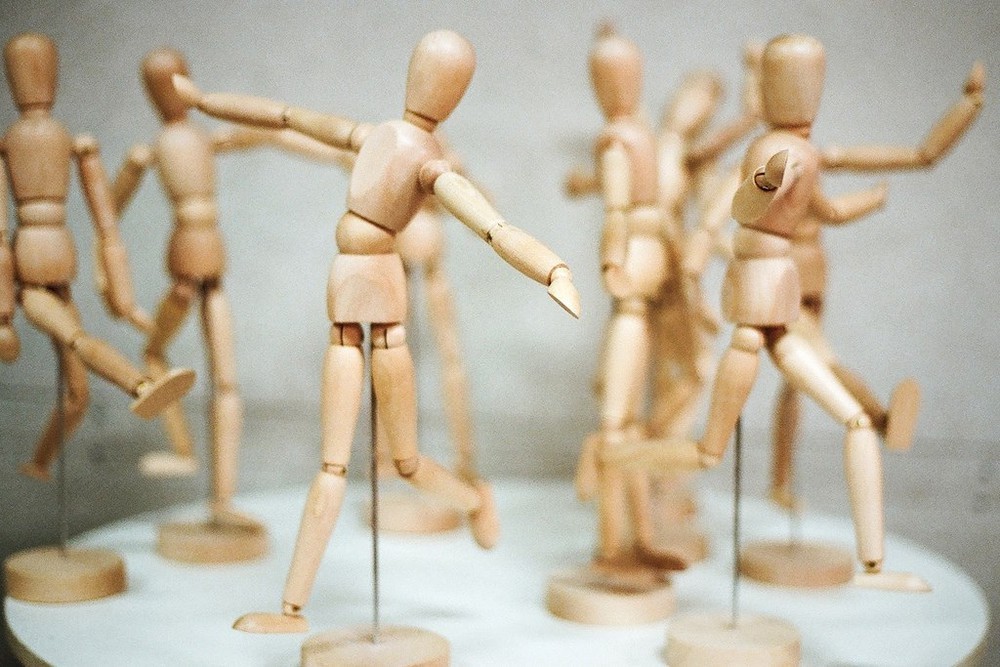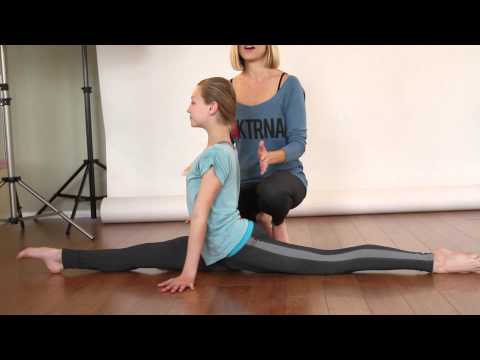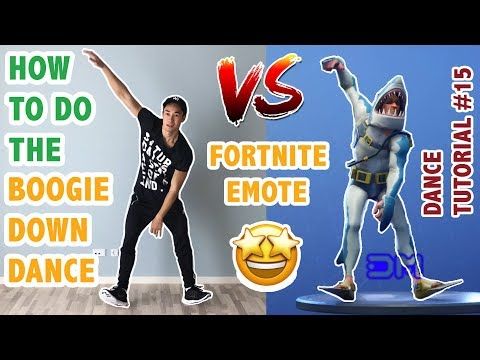How to isolate dance
How to Practice Isolation for New Dancers
When you are starting out dancing, isolation is the first thing that challenges you. To move onto the next level, you have to climb this wall.
Although it is classified as basic in the dance literature, it is frustrating how difficult it can be. When you actually try it, your body does not go as smoothly as one expects.
Yet, isolation practice is necessary if you want to graduate novice dancer and start to look like an expert (see "Reasons why your dancing looks amateur and how to fix it").
The road to mastery is bumpy however. The first thing you would notice is the pain your muscle feels. Just like extensive stretching (as mentioned in "[The insider secrets to stretch and master split]" (http://dancesensei.com/dancing-tips-the-insider-secrets-to-stretch-and-master-split/)), the movement feels unconventional to your daily life. It is often the case that pain is the only noticeable indication that you are getting better.
To teach isolation is also the troublesome part. Luckily from interacting with countless dancers, I found a highly effective method of teaching for beginner people.
So this time I will introduce the way to practice isolation without failure in each of your body parts: neck, chest, and waist. It makes use of the natural flow of your physiology.
The technique of manipulating the body that you acquire through executing isolation skillfully is one of the most important forces to improve dance.
Key points to learn isolation
Because it becomes unintuitive and sometimes difficult depending on your practice method, it is better if you build proper knowledge and attitudes to acquire isolation skills properly before we go into the actual methods.
Never move it by force
One thing that is most unwelcoming in isolation practice is the strain.
As soon as force comes into play, your muscle becomes stiff, narrowing the range of motion. As a result, you will not be able to move as much as expected.
Instead of pushing your muscle as far out as possible, think of it like a puppet. You are being controlled by a single thread, and a part of your body is being pulled away gently.
Let's try to practice with relaxed sensation.
Experience the
first possibleThe first step towards mastering anything is to know your current limit. The process is more like accumulating incremental step rather than ending in one shot.
It is important to set an achievable goal every time, and experience what is physically possible with your body. You will also gain confidence in the meanwhile. Remember what you can do here.
This point is a nice segue to my next point.
Repeat or else forget
After experiencing how much isolation is possible with your body, you only need to reproduce the format every time and practice it over and over.
Depending on your body condition on that day, the practice outcome will vary inevitably. It is the memory of experience and confidence that helps you navigate the progress.
Your final destination is to be able to move your body parts in isolation without dedicated concentration. You should not need conscious effort to move. It should come out naturally to your body instead.
In this step, be careful not to leave a large interval between each practice. A little time of practice every day is always better than one big practice once a week. It is a common pitfall for beginners (see "[How much dance practice time do you need to become good?] (http://dancesensei.com/how-much-dance-practice-time-do-you-need-to-become-good/)").
Be sure to use mirrors for practice
In order to judge if you are doing it right, you need to be able to observe yourself. If there is no mirror available, you can always find a window reflection or take a photo snapshot of yourself. There is no excuse f this smartphone age.
Practicing isolation without confirmation is only pleasing yourself.
If you rely on your feeling without checking, you think isolation is done after the first day. Mission accomplished. However, you have likely picked up some troublesome habits along the way.
Mission accomplished. However, you have likely picked up some troublesome habits along the way.
Yes, I understand that for some it is challenging to face your awkward self. But that is the reality. You are spending as much time anyway. Why not do it right from the first time?
If you are ready with these mindsets, let's dive into the practice methods.
Experience neck isolation
For the isolation of neck, bring your friend and set up a pair. Divide the role between the one who experience the movement potential and the other who supports.
One whose neck is moving
This person's job is easy. Simply lie down on a bed or table, and stick out just your head. The head is up in the air now (the other person should be holding).
You should let go of strain and relax fully. Trust the other person.
Supporter who moves the neck
Because the muscle around the neck is delicate, you who moves must handle the head with care. It is important to start this exercise in the relaxed stage. You can check it by shaking off the head lightly. If the head resists moving, it means that there is still room to loosen up.
You can check it by shaking off the head lightly. If the head resists moving, it means that there is still room to loosen up.
Once confirmed, slowly move the head to front and back. Shake it off again to put it back to the default stage. Then slide your head to left and right. It is not tilting but sliding. Your chin stays in the same angle sliding left and right.
4 directions in total: front and back, horizontally left and right. At each peak point, stop for a while to let the other person absorb the full experience.
This exercise helps in recognizing your physical limit and making a mental note of which part of your muscle is actually moving. It will benefit your own practice in the future.
Experience chest isolation
Being able to move your chest in isolation is important because it helps in showing musicality. This is where dancer grove comes from.
Back and Forth
Open your legs about 1.5-2 times the shoulder width, and slightly bend your knees.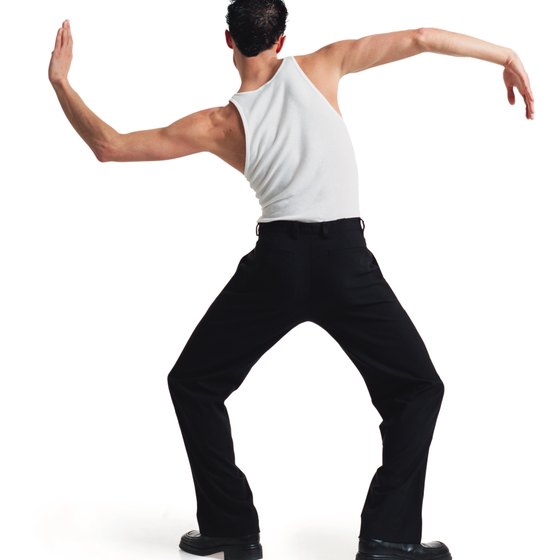 Stand with a hand on your waist. This form moves your chest more flexible.
Stand with a hand on your waist. This form moves your chest more flexible.
To move your chest forward, inhale deeply with your nose. While doing that, with your hands still attached to your waist, move your elbows as if you are touching them together behind your back.
That will form a shape of the chest sticking out. Repeat the step until your body will remember the shape.
To the contrary, exhale from your mouth with a moment to move your chest backward. Pull both of your elbows in front of the body this time, with hands still attached on the waist.
We will take an advantage of breathing to let your body soak in the sensation. Once you get used to the movement, you will be able to do it with a little concentration on your chest.
Left and Right
Not only front and back, but you also want to move it to the sideway.
The first step is the same; open your feet for 1.5 to 2 times the shoulder width, and lightly bend the knee. Relax.
As for hands, just hang them down on the side.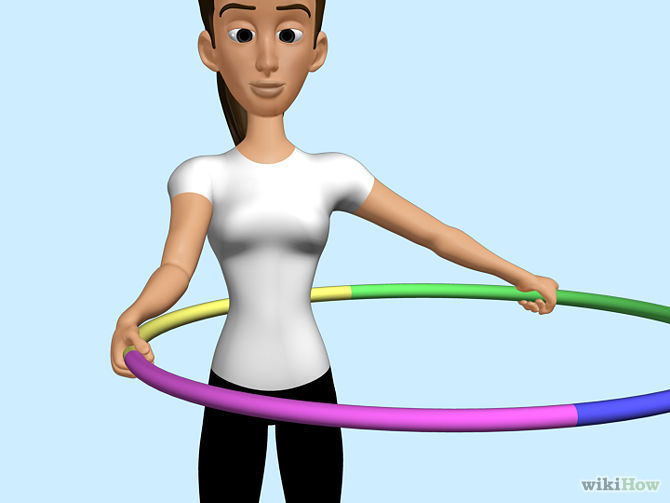 It is not much posing but more like regular standing without any tension.
It is not much posing but more like regular standing without any tension.
When ready, slowly move up both of your arms to the left. Then, your center of gravity naturally slides to the other direction (right) in order to keep up with the balance. That movement is the isolation. Repeat it on the right side.
As you get the hang of it, drop your arms and only move the chest part. It is important to keep your shoulder on the horizon. You will feel your stomach gently being pulled apart.
Experience waist isolation
Waist isolation is indispensable for making a dance step smoothly. You would want to control your waist zone at free will. To experience this, it is convenient to have a tool.
Prepare a round object that you can hold in your hands. It is better to have an object with some weight like your backpack or basketball.
Back and Forth
Again, open your legs about 1.5 to 2 times the shoulder width, knees bent slightly. Again, relax.
With that position, hold that object with both of your hands in front, and start rotating it around your body. Because of the relationship between the weight of the object and the range constraint of your body movement, your waist will try to make a space. It then starts to move back and forth naturally. That is the isolation.
Because of the relationship between the weight of the object and the range constraint of your body movement, your waist will try to make a space. It then starts to move back and forth naturally. That is the isolation.
Left and right
The procedure is the same as front and back. You will be rotating the object around your waist, and the waist will move in the other direction naturally.
The important thing in this waist exercise is to focus on the movement of your waist vertically and horizontally, rather than the rotation.
In any direction, be careful not to have your soles in the air either. Keep them attached to the floor all the time for the full experience.
Isolation for your everyday practice
Even though it is called the basic skills for any dancer, it can be so tedious and frustrating for beginners that they can just give up dancing.
The methods introduced today are for those people. Because it focuses on going along with your natural body movement, you should find it pain-free.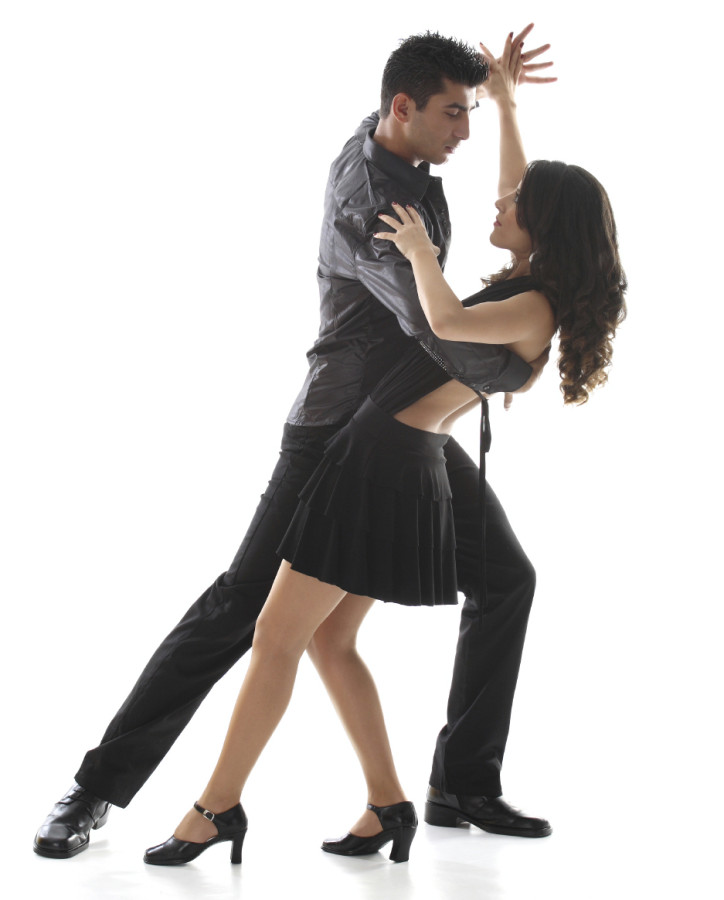
Please keep 2 things when practicing. Never force your way in and experience the possibility first. If you keep them in mind, you will surely improve.
Once you get over these initial hurdle, you can move onto gaining finer isolation and raising the range of motion of each part to the maximum.
Basic training always pays off in the long run. Without it, obtaining intermediate and advanced skills becomes almost impossible. Even 10 minutes is effective. Let's incorporate isolation into your everyday dance practice.
The Best Guide To A Complete Body Isolation Workout
Table Of Contents
- 1. What is body isolation?
- READ MORE
- 2. Why is body isolation important?
- 2.1. The command over your body
- 3. How do you isolate your body?
- 4. How do you isolate your neck?
- 4.1. Body isolation for Neck:
- 4.2. Comment
- 5. Body isolation for the shoulders
- 5.
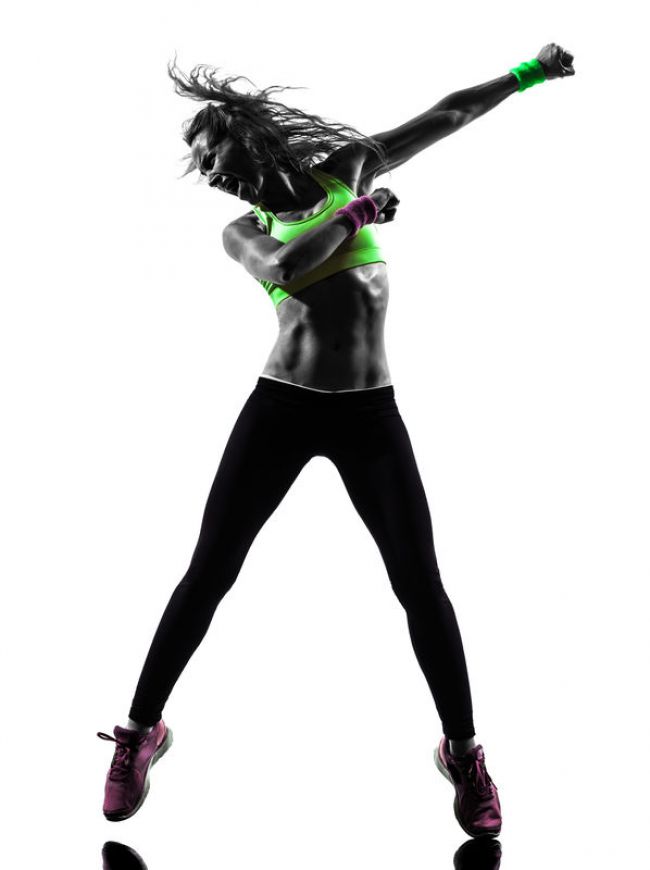 1. Shoulder roll forward
1. Shoulder roll forward
- 5.
- 5.2. Backward roll
- 5.3. Shoulder tap
- 5.4. “I don’t know”
- 6. How do you do chest isolations?
- 7. Body isolations for the hips
- 8. Other parts of your body you can isolate
- 9. Body Isolation-Movements-Flexibility
- Discover new, untapped materials
- You Might Also Like:
- Ekagra-ji Recommends
Body isolation is one of the key fundamentals to transform your body into a malleable tool you can play with. Everybody should practice body isolation and movement as a way to keep every parts of your body healthy, flexible and ready for bigger physical activities.
1. What is body isolation?
Have you ever witnessed someone moving his head sideway while keeping his body still? Body isolation is the act of selecting a particular section of your body that you will manipulate while other parts of that body remain motionless.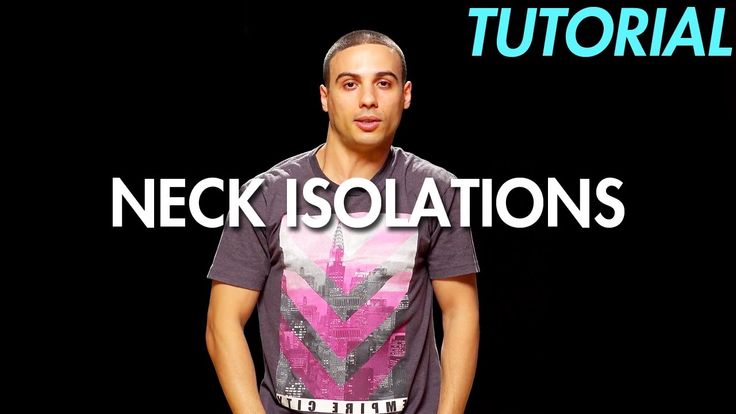 Of course, most would probably say that this is not possible. And in a certain way it is true that other parts of your body do move even if it does not look that way. But in essence what you do is dictating your body to act a certain way. Kind of mind over body philosophy.
Of course, most would probably say that this is not possible. And in a certain way it is true that other parts of your body do move even if it does not look that way. But in essence what you do is dictating your body to act a certain way. Kind of mind over body philosophy.
2. Why is body isolation important?
Body isolation along with flexibility are the gates that separate you from complete ownership of your body. Many athletes focus on their physical conditioning and spend less time on their flexibility and body isolation. They then pay the price later as age mounts on them while their body slumps down.
However, working on flexibility alone can be the recipe for disaster, especially in activities such as yoga. That’s where body isolation come to play. Before you engage in a physical activity of any sort, doing body isolation exercises will do marvellous things for the health of your body. It will prepare it for what is to come and make sure you created a healthy pre-activity in every parts of your body.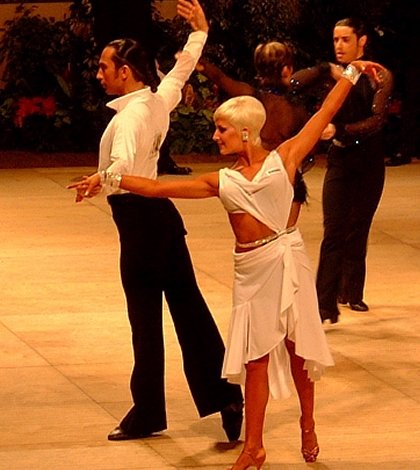 Once I did a body isolation demo before a salsa class. One of the students mentioned afterward that a neck pain that had harassed her for while somehow disappeared.
Once I did a body isolation demo before a salsa class. One of the students mentioned afterward that a neck pain that had harassed her for while somehow disappeared.
2.1. The command over your body
Whenever you see a dancer do things with his or her body that seems out of this world, you can be sure that he/her has spent lots of time on routines such as body isolation. The way to think about body isolation exercises is to consider the body as either a stiff bar or a modelling clay. And ask yourself “with which material can I create the shapes that I want?”. In essence that’s what body isolation exercises are there for. To allow you to command your body to do what you want when you desire it.
3. How do you isolate your body?
In order to conduct a proper body isolation, it is important that other parts of your body remain still. For example, if you want to work on the upper parts of your body, you can either stand firmly on your legs while playing with the body parts you want to work on. Or you can seat on a chair while doing the exercise. The point is to make sure that when you move some parts of your body, the other parts stay as still as possible.
Or you can seat on a chair while doing the exercise. The point is to make sure that when you move some parts of your body, the other parts stay as still as possible.
Following are some specific instructions into how to isolate certain areas of your body.
4. How do you isolate your neck?
Neck flexibility is important to avoid issues such as stiff neck or other related neck pains. I found out that working on the isolation of my neck reduced drastically the chances of cervical neck strain.
4.1. Body isolation for Neck:
🔵 First your slowly move your head sideways, left to right. You try to extend as far as possible.
🔵 Then you do a similar motion from up to down. Be sure not to do the motion too fast and avoid them all together if you have any injuries (speak to your doctor first).
🔵 Following these two motions, the third exercise is to let your neck drop from one side of the shoulder to the next. Don’t exert force with your hand. Just let it drop as far as it can.
Just let it drop as far as it can.
🔵 From there, the fifth exercise consist of “sliding” or “rolling” your head from one side to the other.
4.2. Comment
At first, you will have the tendency of moving your shoulders either upward or downward, and other parts of your body might move too. Just keep your gaze in front of you and ignore the movements of your body. With time and practice you will see that you are able to move your head while the remaining of your body stays still.
5. Body isolation for the shoulders
This is another important parts of the body I like to work extensively on. I realised it not only helps with my dance movements, but shoulder isolation also helps me avoid serious injuries when I do physical activities such as push-up or handstands.
Similar to the neck isolation exercises, you will stand straight (in front of a mirror if possible).
5.1. Shoulder roll forward
As you roll one shoulder clockwise, you try and make sure the other one does not move.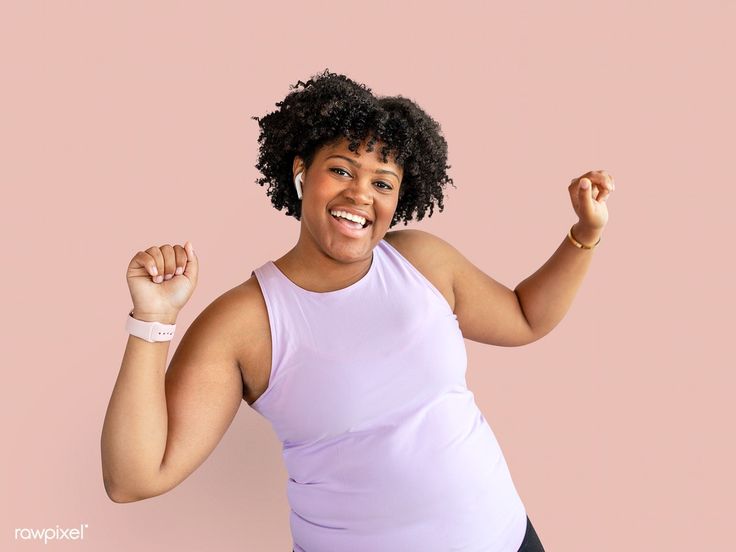 As a matter of fact, focus on the shoulder that should stay still. Indeed, this will educate your mind to command your body not to move. After a while you change shoulder.
As a matter of fact, focus on the shoulder that should stay still. Indeed, this will educate your mind to command your body not to move. After a while you change shoulder.
5.2. Backward roll
You start again with the shoulder you first worked on. Only this time you do the movement backward (anticlockwise). After a while you can change side.
5.3. Shoulder tap
A third exercise for the shoulder consists of creating a “beat the drum” motion with them. You go from backward to forward as if you trying to play the drum with your shoulders. You can stat with the right side. Then, after a while you can change shoulder.
5.4. “I don’t know”
This next exercise could be best described as the lifting of the shoulders when someone ask you a question to which you don’t know the answer. You raise them up then just drop them down. As for the previous exercises you can do it first with one shoulder, then the other one. Finally, you can do both either together or with quick alternance between one shoulder and the other.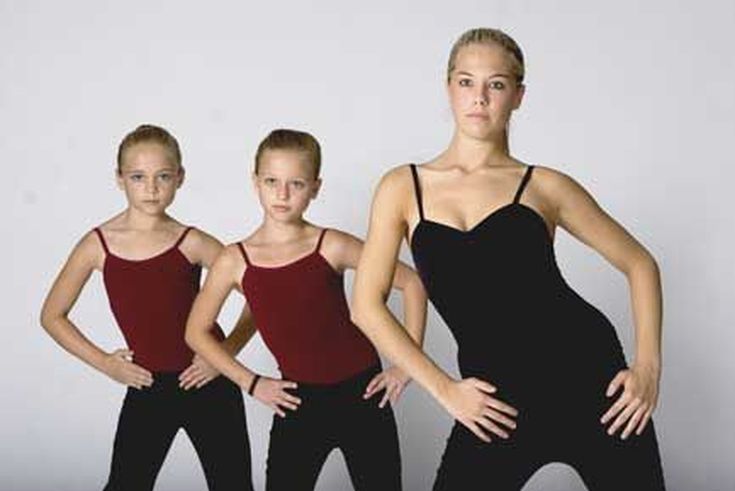
6. How do you do chest isolations?
Another section of the body you can work your body isolation on is your chest. First, you keep your body strongly planted on your feet, bending the knee slightly to create pressure with the floor. Then you move your chest forward (as if you were protruding). Then backward (as if someone had punched you and you felt the effects). You then come back forward toward your right. Go back forward in the centre. Finally forward to your left. You then restart the exercise in these four directions, until you feel confident and can execute the move in one big circular motion.
7. Body isolations for the hips
I love isolating this part as I consider that the basis of all activities starts from the core, hips and manipura chakra. Like with the chest isolation, you move your hips fully to the right while making sure your feet are planted to the floor and your upper parts are in line with your feet. It should look as if your body was cut in 3 parts with the middle part going to the right. You then do the same exercise to the left. Then backward and forward. Once you get a grip of the exercise you can do it in a circular motion. This move definitely looks provocative but I know its secret power when I dance (these are stories for another time).
You then do the same exercise to the left. Then backward and forward. Once you get a grip of the exercise you can do it in a circular motion. This move definitely looks provocative but I know its secret power when I dance (these are stories for another time).
8. Other parts of your body you can isolate
I love to stand still on one leg, lift the other one up, and either stretch the lifted leg forward and backward. I can also rotate that it around the knee joints. This small exercise is very effective in helping me avoid injuries while stretching my leg.
Another part of your body you can also isolate are your ankles. Again, this prevent injuries especially if you are dancing or running.
9. Body Isolation-Movements-Flexibility
Body isolation works great with body movement, flexibility, recovery and breathing. In my post on the perfect flexibility routine, I go over a step-by-step guide that will allow you to get a full routine that will help your body tremendously, no matter what physical activity you engage in.
Discover new, untapped materials
Be the first one to check-out all the exciting info I put out on Salsa, Zumba, Bachata and other Afro-Cuban dances. I have many thrilling programs that will transform and challenge you. These life-changing and great VIP programs can take you from novice to master in less than 3 months. They are badass and will definitely introduce new muscles to your body.
You Might Also Like:
Ekagra-ji Recommends
No Comments
Cuban son is a unique and gracious couple’s style of dance. Although its rhythmic patterns are different from salsa, if you can master son, you will be able to dance salsa.
Read More
No Comments
Zouk dance has become widely popular over the last few years, with people going crazy for Brazilian zouk dance, for example. But zouk dance is not new and, in fact, has been there for many…
Read More
No Comments
My body balance system is a proven system that ensure you not only get flexible, but that you also get physically strong and have your mind re-aligned. Enter this 48-day challenge that guarantees great results,…
Enter this 48-day challenge that guarantees great results,…
Read More
No Comments
Here is my proven system to get flexible fast, that guarantee great results within few weeks. The system proposed will revolutionise your flexibility.
Read More
No Comments
Today we will cover Flexibility stretches for dancers of any kind. I show you how to dramatically increase your stretches in 30 days!!!
Read More
No Comments
Discover this simple yoga training for inflexible people. I made it for those with zero flexibility who would like to feel loose in their body. Unlike what you might think, your ability to get flexible…
Read More
Body plastic surgery and isolation in St. Petersburg
Any of our movements, even the most habitual, which we make countless times a day, is the “jurisdiction” of our brain. Only thanks to his commands, which the nerve endings transmit to the muscles of our body, we move: we run, bend over, squat, turn around. This is such a familiar and ordinary work for our brain that most of the movements are performed automatically, without thinking and analysis. But there are movements that we perform less often and therefore pay attention to how we do them (for example, opening and closing doors, moving objects, jumping over obstacles, and others). In addition, there are movements that we rarely do or never do at all. This is where our difficulties begin. We become clumsy, confused in their execution, coordination and sequence. In connection with which we get tired faster, we begin to get more nervous, we are embarrassed if at such moments someone sees us, we lose control over ourselves.
Only thanks to his commands, which the nerve endings transmit to the muscles of our body, we move: we run, bend over, squat, turn around. This is such a familiar and ordinary work for our brain that most of the movements are performed automatically, without thinking and analysis. But there are movements that we perform less often and therefore pay attention to how we do them (for example, opening and closing doors, moving objects, jumping over obstacles, and others). In addition, there are movements that we rarely do or never do at all. This is where our difficulties begin. We become clumsy, confused in their execution, coordination and sequence. In connection with which we get tired faster, we begin to get more nervous, we are embarrassed if at such moments someone sees us, we lose control over ourselves.
Have you ever wondered why this happens?
The whole trick is that our brain, loaded with constant tasks, tries to find the fastest solution and the shortest path to the muscle group that needs to be involved in performing an unfamiliar movement. He does this work, using the paths that he used before (as if walking along a “trodden path”). If the brain does not find such a “trodden path”, then it has to lay new ones and, in fact, blindly, “by touch”. It sends impulses along the nerve endings, and in the event that the impulse does not find its way, it continues on its way around, through other channels. During this process, the signals are sent to the wrong muscle groups that are needed, lost along the way, not reaching the destination. It is for this reason that our body makes awkward and clumsy movements.
He does this work, using the paths that he used before (as if walking along a “trodden path”). If the brain does not find such a “trodden path”, then it has to lay new ones and, in fact, blindly, “by touch”. It sends impulses along the nerve endings, and in the event that the impulse does not find its way, it continues on its way around, through other channels. During this process, the signals are sent to the wrong muscle groups that are needed, lost along the way, not reaching the destination. It is for this reason that our body makes awkward and clumsy movements.
If a novice dancer is given the task to move only with the body (to make isolation), while not moving either the pelvis or the head, he simply cannot do it. Both the pelvis and the head will still participate in his movements. This will happen because his brain at that moment does not yet know how to distribute the signals and send them only to the body. Mistakes in the “path” of the impulses will touch the muscles of neighboring parts of the body.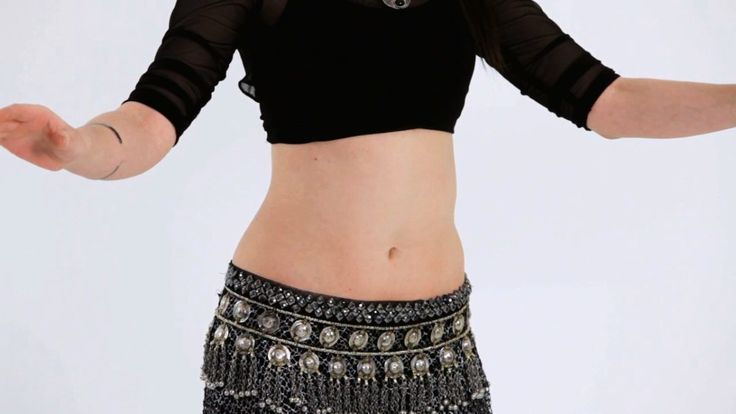
The ability to coordinate one's muscles is called body plasticity.
Isolation is the movement of different parts of the body independently of each other.
During the lessons of plasticity of the body, movements will be given that will definitely come in handy for you in pair dances and not only: general coordination will help you easily master new movements in any dance.
Emphasis will be placed primarily on Latin movement, which is used in such dances as salsa, bachata, cha-cha-cha, zouk, kizomba, etc. But also body plastics lessons will be very useful for hustle dancers, ballroom dancers, Argentinean tango and other pair dances.
You will need elastic clothing that will allow you to move freely, as well as shoes like soft ballerinas.
The most important skills of a dancer: ailev — LiveJournal
I came across a video by Alexander "Dragon" Kuskov, where he expresses an opinion close to mine about the necessary skills of a dancer --https://youtu. be/_OMctTXr5Cw.
be/_OMctTXr5Cw. 1. Body control - isolation (say, the passage of a wave crest over an otherwise immobile body), fixation (for example, dimestopping)
2. Plasticity and stretching (the ability to move amplitude and air)
3. Dance "from the music": energy from the music
4. Speed control to make the music visible (in kizomba this is called musicality)
5. Principles of performance: the main ideas of the dance (as in kizomba the main idea is the connection-separation of the pair without losing connection
6. Improvisation: combinatorics, work with space, learning to improvise with simple movements
7. Basic energy skill when you dance "from the inside" and not just "moving to the audience"
8. The ability to convey an idea when dancing (to saturate the dance form with your mind).
Yes, I once told my students: you can randomly move your hands, body and legs, not to the music - but if you achieve that at least your head (or better, a head with shoulders) will be at the same time are motionless relative to the floor, then the audience will have the complete impression that you are not having inept convulsions, but just such a dance.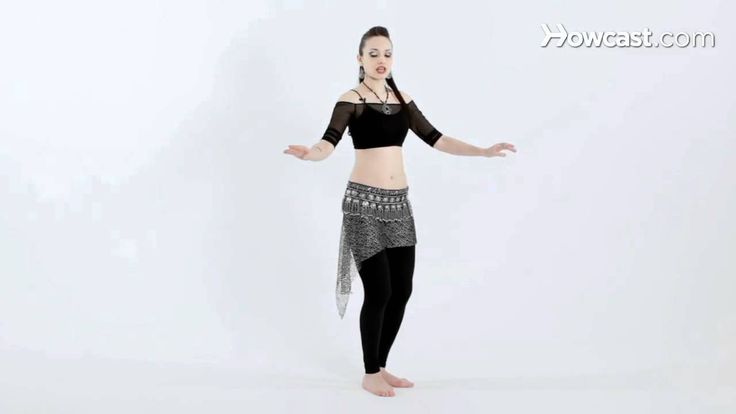 And for those who understood what I was talking about, everything turned out many times faster than for those who did not understand.
And for those who understood what I was talking about, everything turned out many times faster than for those who did not understand.
So in August I started to restore my skills as a dancer, first of all with body control - after all, over the past thirty years of non-dancing, I completely lost isolation and fixation. Once my body control was quite at the level (I danced the robot style in my youth, and not bad!), Then I restored the isolation more or less quickly.
Of course, without body control, no basic step in the same kizomba will work. In kizomba, the body must "swim" at a constant speed, the partner is led by a frame - and this "frame" (the working area between the arm and the body) must be reliably isolated from all other movements, especially the movements of the legs and head. This is what I paid some attention to - and all my success in kizomba (and I already sometimes manage to send partners into a trance in training) can only be explained by this. But with fixation, dimestopping - there are still huge problems here, the body does not obey. Here, take a look at how fixation occurs in urban kiz - partners constantly freeze no worse than robot style performers, only they also do it in pairs, absolutely synchronously, without losing connection, dancing JoJo and Mikaela: https://youtu .be/Q6U4hvpTFoE. These dime stops (instantaneous fading at full speed) I can’t do yet - the skill is slowly remembered, but not quickly and not completely. Well, I’m unlikely to have plastic with stretching at my 58 years old at least at some level - although in kizomba this is also necessary: the body is regularly twisted there, be healthy, and plastic footwork is needed in quantity.
Here, take a look at how fixation occurs in urban kiz - partners constantly freeze no worse than robot style performers, only they also do it in pairs, absolutely synchronously, without losing connection, dancing JoJo and Mikaela: https://youtu .be/Q6U4hvpTFoE. These dime stops (instantaneous fading at full speed) I can’t do yet - the skill is slowly remembered, but not quickly and not completely. Well, I’m unlikely to have plastic with stretching at my 58 years old at least at some level - although in kizomba this is also necessary: the body is regularly twisted there, be healthy, and plastic footwork is needed in quantity.
What's next? And then, on the basis of these skills, of course, it was necessary to learn the basics, which I honestly did for four months - exactly to the extent of restoring the body control skill and some kind of advancement in plasticity. Everything else, of course, is much easier for me.
* * *
Who has read up to this point - bonus about rebit. Rebita (aka massemba) is the predecessor of semba, who is the mother of kizomba. I wrote about rebitha in "where did kizomba come from" (http://ailev.livejournal.com/1319839.html):
Rebita (aka massemba) is the predecessor of semba, who is the mother of kizomba. I wrote about rebitha in "where did kizomba come from" (http://ailev.livejournal.com/1319839.html):
Rebita is a dance of jokes and jokes based on sex. As politically correct write in English sources, Known as umbigada, or “belly-bumping” in Portuguese, the dance is characterized by a hip thrust meant to mimic the act of procreation. But sex here is social, like a bonobo - the basis for spiritual pastime, jokes and relaxation. Watch the rebit/massemba video and you won't have any questions: https://www.youtube.com/watch?v=lKEySRc4-1k .youtube.com/watch?v=YVAfWS9ADgE), here is also quite frankly towards the end of the dance: https://www.youtube.com/watch?v=NhVo8lqY_AM, and here too: https://www.youtube.com/watch?v=URduBrGNxFc, and here it’s the other way around, grand and decent in a carnival way: https://www.youtube.com/watch?v=bpxONil9_mM and https://www.youtube.com/watch?v=Bzbe7BrtwwA.At the end of January, the rebit was placed in Russia - in St. Petersburg (https://vk.com/video175030_456239031):Or here: https://www.
youtube.com/watch?v=CAUbepspo80 - this is, by the way, Brazil. In Brazil, you can also find a rebita/massemba by the name Batuque de Umbigada -- https://www.youtube.com/watch?v=8M3BNcQnZsU, https://www.youtube.com/watch?v=Havd6FL0sdQ. But the rhythms are already diverging, the music is different. And the instruments get confused: dikanzu is called a river-river (https://vk.com/wall-6772219_2313).
As always in such cases, a remark was immediately received from the zealot of traditions Pedro Salakiako (https://vk.com /wall304031058_3134?reply=3138): "Of course it's fun, the guys did their best, but according to our tradition, the girl never gives or answers at the moment of massemba - the rebita is done by a man))) And the sound that is made at the moment of massemba does not come from touching the body, namely, kicking with an accent on the floor. In other ways, we also have the Angolan younger generation, those who dance not correctly, so people think that this is sex and a joke, although it is not, so it is also our fault .
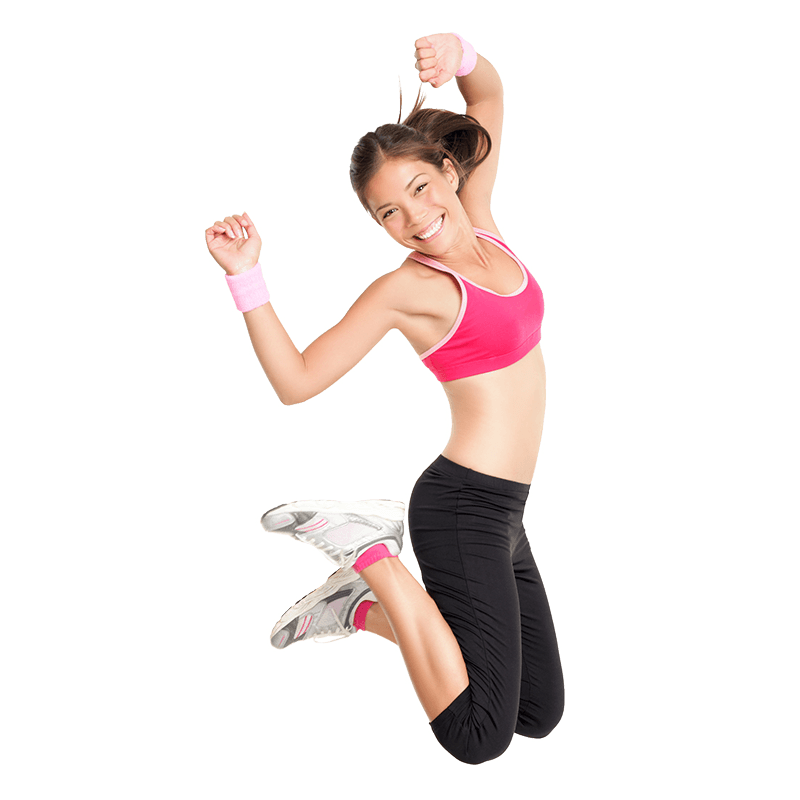 .. ".
.. ". My opinion here is this: if you want the dance to live, it needs to be modified. The show number was clearly not intended to achieve museum authenticity. As for museum authenticity, it is certain that in Angola, in different places, the massemba was completely different - and different "young generations", of course, understood (and will understand) this tradition in absolutely different ways. The language lives and changes, there are always dialects in it, and if the language suddenly becomes ossified (like, say, ancient Greek or Latin), then this is already post mortem. This applies to dance in full measure. While the rebita is being danced, adapted to the present (for example, as in the production under discussion they are mixed with kizomba - bypassing even the intermediate semba), the dance lives on. So, he already lives in Russia. And the jokes from it live on, including that same semba/umbigada/belly punch. Look, there is such a moment in the urban kiz video by JoJo and Michaela - and even behind the scenes at this moment, a giggle from the audience is heard, these are all dances of the same cultural root, although they are different beyond recognition!
Pedro Salaiiako, of course, "keeper of the tradition" and "for the correct traditional names". I left him a comment on this: https://vk.com/wall216279468_390. I just offered to accept that the word "kizomba" today means a lot of things besides traditional kizomba. Well, it means that those who want to point to traditional kizomba need to pronounce two words (traditional kizomba), and not all other people who use this word should refuse to use the word kizobma. As soon as the meaning of this word stops changing - that's it, it's time to dance to the museum of dead dances. In the meantime, the dance is alive and danced for pleasure, not to preserve tradition.
I left him a comment on this: https://vk.com/wall216279468_390. I just offered to accept that the word "kizomba" today means a lot of things besides traditional kizomba. Well, it means that those who want to point to traditional kizomba need to pronounce two words (traditional kizomba), and not all other people who use this word should refuse to use the word kizobma. As soon as the meaning of this word stops changing - that's it, it's time to dance to the museum of dead dances. In the meantime, the dance is alive and danced for pleasure, not to preserve tradition.
UPDATE: it turns out that Pedro not only debates, but also deletes comments he doesn't like. Here is my comment, which he deleted from the thread, so his last answer is not even very clear:
let's say football in Europe and the USA are completely different footballs), even about technology, even about dancing, even about cooking. The dispute is not about whether kizomba is urban kiz or not kizomba. Debate over what to call it.In my opinion, there is no problem: mathematicians are not confused when they call "geometry" or "logic" all variants of geometries or logics, and when they mean Riemann's geometry or some version of temporal logic. It is not clear why in dance this approach is embarrassing.
There is another approach, "copyright" - when the Xerox firm swears that someone says "I have a canon-type copier." But I repeat: the language develops according to its own laws, and all that can be done here is to educate. People will not stop calling copiers copiers because the trademark belongs to some company. In the case of dances and their names, the very concept of "belonging" is blurred.
It seems to me that there is no particular problem here if you are engaged in education - just as you can tell people about the photocopier and canon where these words came from, and what they meant before and how they are used now, you can do the same about dance. Yes, there is little information in Russian about the history of kizomba and semba.
